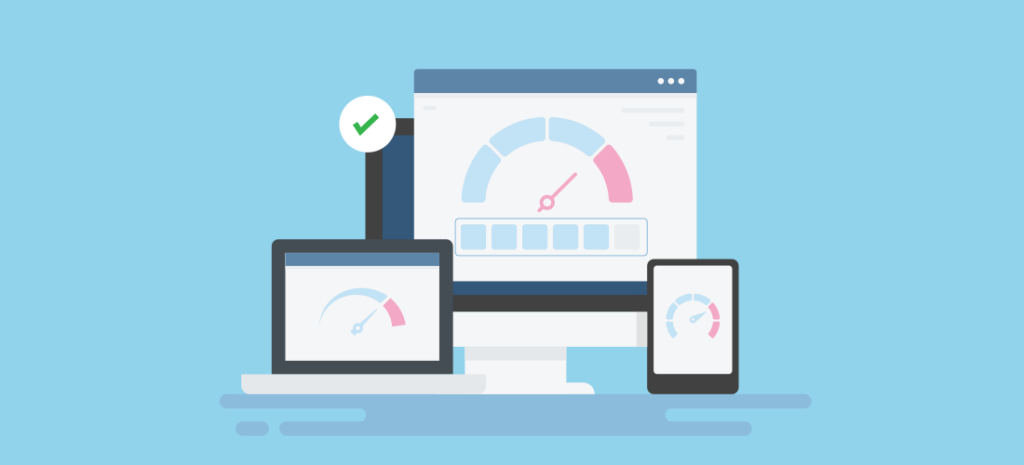What is Included in Website Maintenance?
Introduction
For a website designer perth, read on. Website upkeep is an essential part of establishing a successful online presence. It entails a variety of responsibilities and activities geared at keeping your website functioning, up to date, safe, and user-friendly. Regular maintenance is critical for both small and large websites because it improves performance, prevents problems, and provides a great user experience. In this article, we will look at the key components of website maintenance. What is included in website maintenance?

1. Content Updates
Regular Updates
Keeping your material current and relevant is an important component of website upkeep. This includes posting fresh blog posts, articles, product updates, and any other type of material that your website visitors will find useful. Regular updates not only keep your visitors engaged, but also help you rank higher in search engines.
Proofreading and Editing
Proofreading and editing are two more crucial content-related maintenance tasks. It is critical to evaluate your website material on a regular basis in order to detect and repair any grammatical problems, typos, or obsolete information. Professional and error-free material contributes to the credibility and professionalism of your website.
2. Website Backups
Regular Backups
Regular backups of your website are required for disaster recovery. Backups enable you to restore your website to a previous operational state in the event of data loss, hacker attempts, or server problems. A complete backup strategy should cover both the files and the database associated with the website.
Offsite Storage
It is strongly advised to keep your website backups offsite, preferably on a different server or in the cloud. Offsite backups add an extra layer of security in the event of physical damage or server problems at your primary hosting location.
3. Security Monitoring
Software Updates
It is critical to keep your website’s software, including content management systems (CMS), plugins, and themes, up to date. Outdated software versions may contain flaws that hackers can exploit. Keep up with the newest releases and security fixes to keep your website safe from any attackers. https://www.dynamicwebdesign.com.au/our-services/cheap-website-design-perth/
Malware Scanning
Regular malware scans are essential for identifying and removing any dangerous code or files that may have been put into your website. Malware can jeopardise your website’s security, slow it down, and even cause data leaks. Scan your website for potential risks using reliable security plugins or services.
4. Performance Optimization
Page Speed
Optimising the performance of your website is critical for giving a positive user experience. User satisfaction and search engine rankings are both affected by page speed. Analyse the performance of your website on a regular basis with tools like Google PageSpeed Insights and take the required actions to optimise load times, such as optimising images, utilising caching, and minimising code.

Mobile Responsiveness
With the increased use of mobile devices, it is critical that your website is mobile-responsive. Responsive design enables your website to adjust to and display properly on various screen sizes and devices. Test your website’s responsiveness on multiple devices on a regular basis to maintain a consistent experience for mobile users.
5. Broken Link Checks
Link Validation
Broken links can have a detrimental influence on both user experience and SEO. Check your website for broken links on a regular basis and fix them as soon as possible. Scan your website with online tools or plugins to find any broken links, both internal and external. Replace or update broken links to ensure that your visitors have a smooth navigating experience.
Redirects
If you modify the structure or URL of your website, you must set up redirects for any old or obsolete URLs. This helps to ensure that visitors to certain URLs are automatically forwarded to the most recent and relevant content. Review and adjust your redirects on a regular basis to provide a smooth surfing experience for your users and to avoid potential SEO difficulties.

6. Monitoring Analytics
Website Traffic
Monitoring website analytics on a regular basis provides useful insights into your website’s performance, user behaviour, and traffic sources. Analyse important data like as page views, bounce rates, time on site, and conversion rates to obtain a better knowledge of your audience and make informed decisions about how to improve the performance and user engagement of your website.
Search Engine Rankings
Monitor your website’s position in search engine results pages (SERPs) for important keywords. Monitoring your rankings allows you to evaluate the efficacy of your SEO methods and find areas for improvement. Track your search engine rankings and make data-driven optimisations using tools like Google Search Console or third-party SEO software.
7. User Experience Testing
Usability Testing
Usability testing on a regular basis allows you to assess how users interact with your website and discover any usability flaws or bottlenecks. Conduct tests to evaluate the website’s navigation, responsiveness, messaging clarity, and simplicity of use. Collect feedback from real users and make the required changes to improve the overall user experience.
Cross-Browser Compatibility
Check that your website displays and performs properly across several web browsers such as Chrome, Firefox, Safari, and Edge. Test your website on multiple browsers and versions on a regular basis to uncover any compatibility concerns. Make necessary changes to ensure that users have a consistent experience regardless of the browser they are using.

Conclusion
Website maintenance entails a wide range of jobs and activities targeted at assuring your website’s seamless operation, security, and optimal performance. Each component is critical in maintaining a successful online presence, from frequently updating material to performing backups, monitoring security, optimising performance, and assessing user experience. By devoting time and effort to website maintenance, you can improve customer satisfaction, improve search engine rankings, and safeguard your website from potential dangers, all of which will lead to the growth and success of your online business.





